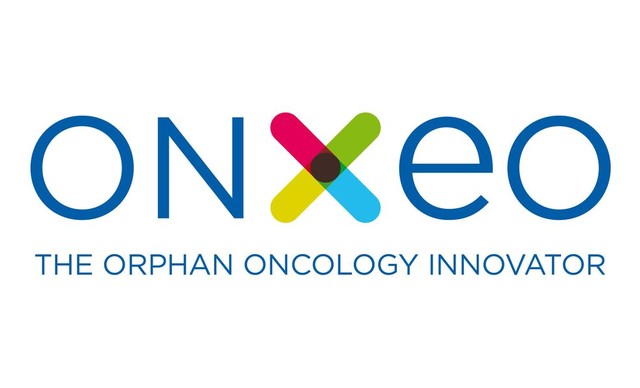The DBAIT success story

DBAIT molecules are a new class of drugs derived from the basic research of the Institut Curie that have been discovered in 2002 by Marie Dutreix, as part of an innovative program of the Institut Curie, financed by public generosity.
"Seeking to understand the radiation resistance observed in nearly 20% of patients, we have developed small molecules that resemble roughly damaged DNA", says the researcher.
The DBAITs were born. Specifically, they act within the cells as "lures", making the cell believe that the number of damages it faces, following treatment with radiotherapy, is much higher than reality. When these fragments arrive in the tumor cell, all the repair mechanisms used by the cancer cell to repair the damage of its DNA will focus on these DNA fragments and it forgets to repair the DNA of the tumor. Thus "overwhelmed" by the amount of damage to repair, the tumor cell self-destructs.
"Then we had to improve the tools, multiply the observation angles, better understand the functioning of the DBAIT, validate their effectiveness on models. Before reaching a possible drug, it took almost 10 years! Not to mention the filing of 6 patents and the creation of the company DNA Therapeutics, which allowed to seek investors and launch into clinical trials", added Marie Dutreix.
An innovative strategy to counter the mechanisms of resistance of tumors
These DNA repair mechanisms are particularly activated when cancer cells are exposed to agents seeking to destroy them, such as chemotherapy and radiotherapy. One of the current limitations of these treatments is the development of resistances. These molecules are therefore particularly advantageous for the treatment of cancer, in particular in combination with chemotherapy or radiotherapy in order to increase the effect thereof. All these hypotheses have been verified in preclinical form on tumor lines and in animal models. These molecules were first developed for local, intra-tumor and peritumor administration.
DBAITs were first evaluated in patients in a French Phase I multicenter therapeutic trial (DRIIM trial), coordinated by Dr. Christophe Le Tourneau, responsible for early clinical trials and precision medicine, Institut Curie. Because of their intra-tumoral injection and the rational use of chemotherapy or radiotherapy, it has been decided to evaluate them in patients with cutaneous metastases of melanomas treated with radiotherapy. However, this treatment is not very effective, with a complete response rate of only 9%. In the DRIIM trial, 23 patients with cutaneous melanoma metastases were treated with radiotherapy and injections of DBAIT molecules.
This trial confirmed that injection of the DBAIT molecules did not produce major adverse events. In terms of efficacy, the complete response rate (disappearance of tumor nodules) was 4 times higher (37%) than previously reported in the literature (9%), which is very encouraging. Finally, this trial showed that part of the DBAIT molecules passed into the bloodstream and that the efficiency was correlated with the intensity of this passage. Onxeo now plans to continue developing systemically, as monotherapy or in combination with other treatments.
